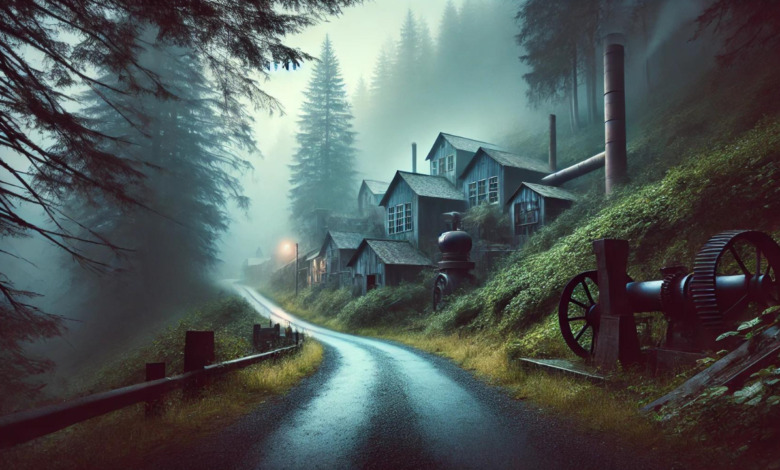Journey Through History: The Tale of 15456 to Slaughterhouse Road

The journey from 15456 to Slaughterhouse Road is more than just a travel route—it’s a passage through time laden with history, mystery, and a haunting allure. Nestled in the heart of what was once a bustling industrial area, this road tells the story of its origins in the meat-packing industry and its evolution into a cultural and historical landmark.
The Historical Backdrop
In the late 19th century, Slaughterhouse Road emerged as a central hub for the meat-packing industry, Playing an essential part in the local economy. The road derived its name from the numerous slaughterhouses that lined its paths, defining the landscape and the livelihood of the local population. As the industry thrived, so did the community, with workers and families building their lives around the demands of this burgeoning sector.
Decline and Transformation
As times changed, so did the industrial needs of the region. The once-thriving slaughterhouses began to close down, victims of technological advancements and changes in industrial practices. What was left behind were the remnants of a bygone era—old buildings, machinery, and the memories of those who once worked there. The area around Slaughterhouse Road began to transform, with old structures giving way to new developments, blending the historical with the modern.
A Road of Legends and Ghost Stories
One of the most intriguing aspects of Slaughterhouse Road is its reputation for being haunted. Legends abound of ghostly apparitions and paranormal activities. They grab the imaginations of both residents and tourists. Tales of the “Butcher’s Ghost,” a spirit of a former worker, and other eerie happenings Continue to add a layer of mystery to the road. Paranormal enthusiasts and ghost hunters are often drawn to this area, eager to explore the supernatural elements the road is rumored to possess.
Scenic and Cultural Significance
Despite its macabre history, Slaughterhouse Road is surrounded by natural beauty. Over the years, its transformation has also led to the development of parks, recreational areas, and cultural sites that starkly contrast its gritty past. Today, it is not only a place for those interested in ghost stories but also for visitors who appreciate history, nature, and community events.
Community and Modern Developments
The local community has embraced Slaughterhouse Road’s rich history, turning it into a cultural landmark. Annual festivals, historical exhibits, and themed events are common, drawing people from all over to celebrate the area’s unique heritage. These events boost local tourism and educate the public about the road’s historical significance.
Challenges and Controversies
Despite its development, the road’s evolution has been challenging. Issues of preservation versus modernization, environmental concerns, and debates about the best ways to honor the past while accommodating present needs are ongoing. These discussions reflect the community’s commitment to maintaining the road’s historical integrity while ensuring it remains relevant and vibrant.
Why Visit 15456 to Slaughterhouse Road?
This road offers a unique blend of historical exploration, natural beauty, and paranormal intrigue. HistoryIt’s is palpable, and the stories are as rich as the landscape. Whether you are a history buff, nature lover, or ghost hunter, this road offers something intriguing.
Conclusion
15456 to Slaughterhouse Road represents the area’s resilience and adaptability. It bridges the past with the present, offering a journey that is as educational as it is entertaining. The road invites travelers to explore its history, experience cultural offerings, and encounter something supernatural.
FAQs
What is the historical significance of 15456 to Slaughterhouse Road?
Are there any ghost stories associated with Slaughterhouse Road?
What kind of attractions can visitors find along Slaughterhouse Road today?
Is Slaughterhouse Road considered safe for travelers?
How has the community around Slaughterhouse Road evolved over the years?
You May Also Read: Something Shared by Wetlands and Woodwinds: A Harmonious Connection




